You might have several questions while looking for the best adult softball glove or mitt. Like do fastpitch and slowpitch gloves vary from one another? Which positions need different softball gloves? What advantages might various web design styles offer?
This softball glove purchase guide will help you address these queries and more.
What You Need to Know When Searching for Adult Softball Gloves and Mitts in General
- Understand the Difference Between a Glove and Mitt
Softball gloves separate your fingers from one another for more excellent dexterity. However, mitts omit this feature because they are heavily padded. Even if they could separate your fingers, the heavy padding would make it difficult for your fingers to move independently.
Tip:
- Choose gloves if you’re a second or third baseman, pitcher, outfielder, or utility player.
- Choose mitts if you’re a first baseman or a catcher
- Get Familiar with Different Adjustments
Understand the variations between buckle, lace, D-ring, and Velcro adjustments. Choose the one you like most.
- Velcro allows you to swiftly and efficiently tighten or loosen your glove.
- D-ring enables you to tighten or loosen one lace to alter the fit of your glove.
- Use different laces to modify the fit of your glove.
- Use a buckle to tighten the fit of your glove.
- Choose a Fabric
A glove or mitt made from leather is ideal for adults who don’t expect to outgrow their current size. Leather gloves are also durable; some are pre-conditioned to break in quickly after purchase.
- Assess the Price
Because the price reflects the craftsmanship quality, avoid the cheapest glove or mitt available. Similarly, avoid grabbing the most expensive glove if you’re a first-time user. Choose the perfect glove for you, which is not necessarily highly priced.

What You Need to Know When Searching for Adult Softball Gloves and Mitts in General
Choosing a Mitt
- Select the Right Mitt for Your Position
Look for mitts made exclusively for the catcher or first baseman.
Catcher’s gloves are the largest, with circumferences exceeding 30 inches. First baseman’s mitts are similar to gloves but have less cushioning and are longer than catcher’s mitts. Adult sizes vary from 12 to 13 inches.
- Test the Fit
After you order the right glove, based on the manufacturer’s guide chart online, please pick up a ball and carry it with you physically. Determine whether you can firmly grasp it despite the thick cushioning. If your fingers feel like they are resting in the palm of the glove, it is too large.
It can also be too big if your fingers can barely fit through your glove’s outside hole. The glove is generally too tight if your fingers extend beyond the end of the finger pockets.
- Determine the Weight
Avoid purchasing a mitt that seems excessively heavy, even though all mitts will feel heavy compared to gloves. Make sure the weight of the mitt won’t interfere with your ability to quickly pass the ball to your teammates with your free hand.
Selecting a Pitcher’s Glove
- Pick a Size
There is no ideal glove size for pitching, but you should choose one that will allow you to conceal the ball from the hitter. Bring someone familiar with the game to fill in for the batter. Try posing for them and see if they can guess what kind of pitch you’ll make.
Pitcher’s gloves vary in size from 11.5 to 13 inches for adults.
- Pick a Closed Web
Avoid using gloves with open webbing when pitching because the hitter may see your grip on the ball.
- Determine the Comfort
You should be aware that as a pitcher, you will need to make catches often during the game. Make sure your hand is adequately shielded from many hits.
- Determine the Weight
Steer clear of gloves that seem too heavy. And if you like every other aspect of the glove, ask a sales representative or the manufacturer if a similar design is available in different, lighter materials.
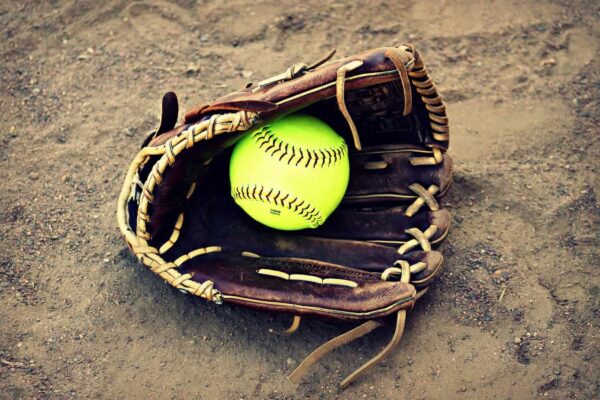
Picking an Infielder’s Glove
- Select a Size
Choose a smaller glove that will guarantee a quicker ball-to-hand transition during fast plays. For infield positions, adult sizes vary from 11.5 to 13″.
- Select an Open Back
Choose a glove that leaves the top of your wrist exposed. Allow yourself more latitude.
- Decide Between Open and Closed Webs
A closed web will provide additional support for the stronger pitches you’re likely to grab at your position if you’re a third-baseman. For other infielders, an open web is preferable for faster ball-to-hand transitions.
Picking an Outfielder’s Glove
- Pick a Size
Choose a longer glove. Avoid the additional steps and wasted seconds that come with catching fly balls or diving for catches with a short glove. For outfield positions, adult sizes vary from 12 to 15″.
- Pick a Closed Back
Choose a glove that covers your whole hand for further support. Determine if you like this alternative by using a closed-back glove with a hole that allows your index finger to stick out for extra support.
- Pick a Closed Web
A closed web provides extra support when grabbing line drives and fly balls.
Selecting a Utility Glove
- Select a Size
If you’ll be alternating between infield and outfield positions, choose a size like Goldilocks: not too long to inhibit rapid ball-to-hand transfers, but not too short of making outfield catches tough.
- Opt for an Open Back
Leave your wrist exposed. While playing infield positions, give yourself more freedom of movement.
- Select a Closed Web
Avoid gloves with open web designs since they forfeit support for more mobility. To fill the gap, utilize a closed web, which provides excellent support.
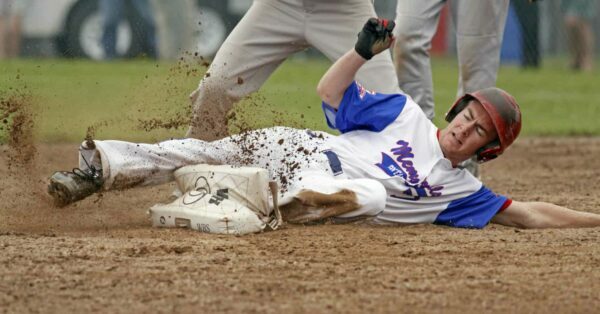
Components of a Softball Glove
Most softball gloves seem to be built surprisingly similarly at first sight. However, each softball glove comprises three main design components that combine to create a glove with various functions. The following components make up softball gloves.
Heel
A cushioned bottom part is attached to a padded palm region.
Webbing
A webbing joins the glove’s thumb and fingers with open and closed patterns. Open web gloves have leather that is loosely woven into a cross pattern with spaces that are sufficiently open to allow visibility. This open construction allows quicker ball transfers to the throwing hand and improves player sight while collecting pop flies.
Closed-design softball gloves employ a densely woven pattern of leather to form a sturdy, solid web that adds support and stability during catching.
Pocket
The pocket is the term for the depression in a softball glove’s palm. The ball lies here after being caught till the player picks it up. The depth or shallowness of a pocket affects the player’s grip on the ball and how quickly they can move the ball to their throwing hand.
While shallow pockets are preferable for quick plays, more oversized pockets are favored for collecting fly balls and hard-hit shots.
Catchers
Catchers need specialist catcher’s mitts to reduce the risk of injury and improve effectiveness. Catcher’s mitts provide the highest level of protection for a challenging job since they have more padding and leather than even a first baseman’s glove. Catcher’s mitts feature shallow pockets, are broad, and are rounded.
These characteristics enable the catcher to quickly transition for faster throws and block pitches that drop in the dirt. Remember that catcher’s mitts are measured by circumference rather than length when considering sizes. Adult mitts often measure 32 inches or longer.
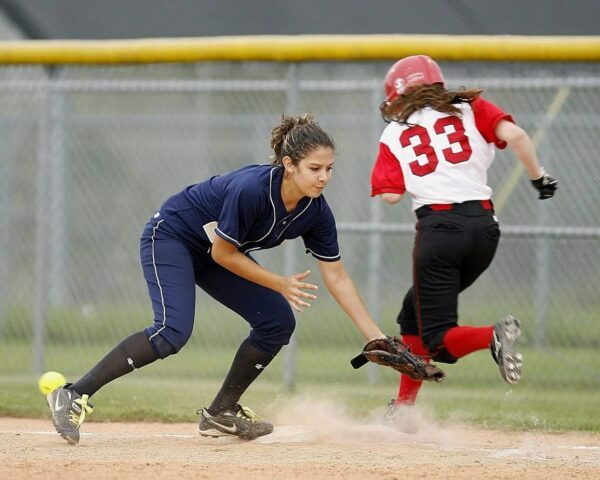
Do You Need a Left- or Right-Handed Glove?
Softball gloves are meant to be worn on the non-dominant hand, keeping the player’s dominant hand available to catch and throw the ball. A glove should be worn on the right hand of a player who throws with their left hand. Be aware that occasionally a glove that fits on a player’s left hand is referred to as a “right-hand thrower,” and vice versa for a glove that fits on their right hand.
A glove could sometimes be referred to as a “full right,” another word for a thrower who uses their left hand or a glove designed to accommodate a player’s right hand.
Finding the Right Fit
The two most critical aspects to consider while choosing a softball glove are the field position and the size of the player’s hand. Proper fit is crucial for a player to keep control of the glove and the ball. A softball glove should be comfortable and easy for the player to open and shut around the ball.
A glove should also be flexible enough to allow rapid throws and retrievals while being rigid enough to stop a ball. To locate a model that fits well and is simple to open and shut, a player should try on many different makes and models.
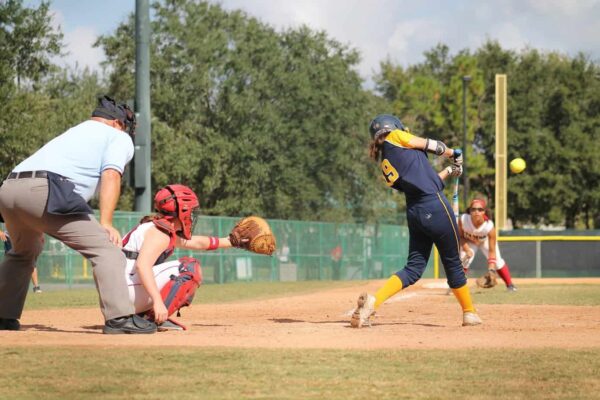
People Also Ask
- Can You Use a Slow Pitch Glove for Baseball?
While it is possible to play baseball with a softball glove, it is generally not advised. If you play baseball casually or for enjoyment, you can get away with wearing a softball glove, but at a more advanced level of competition, it disadvantages you.
- Can Men Use Softball Gloves?
Ultimately, it makes little difference if a softball glove is designed for a man or a woman. Use it if it fits comfortably in your hand and you feel secure fielding the softball.

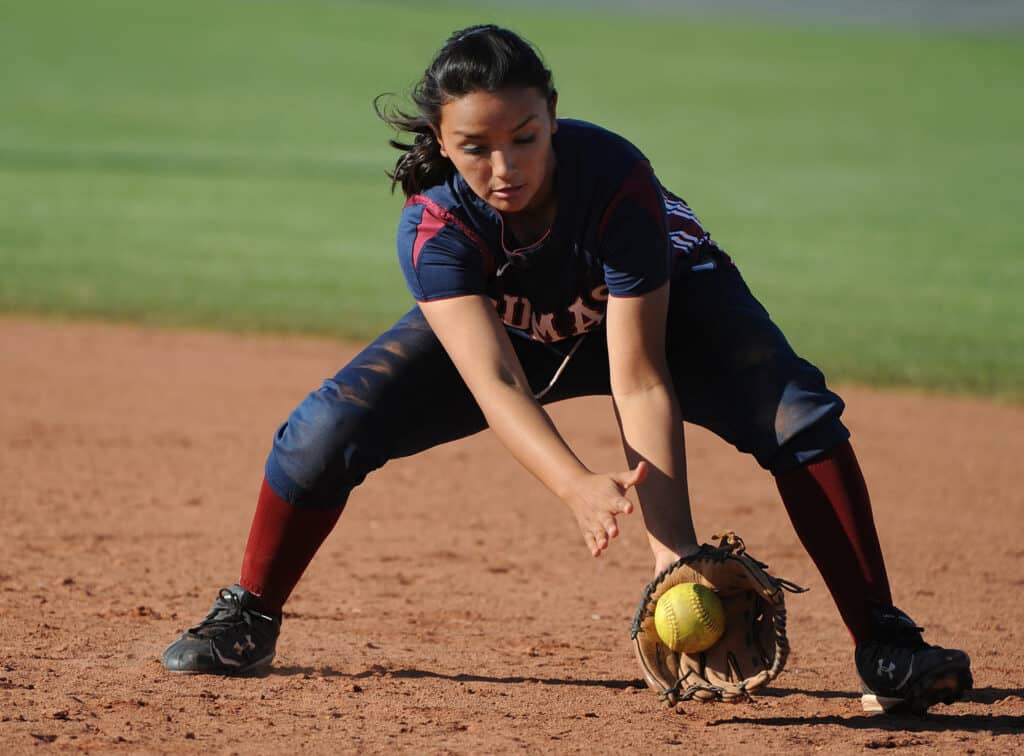
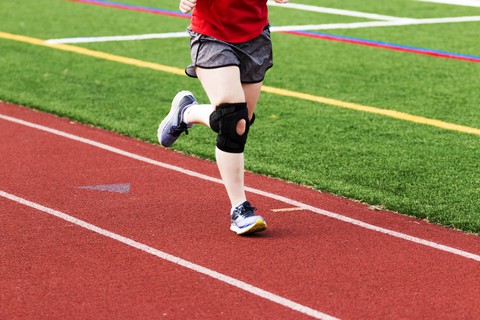
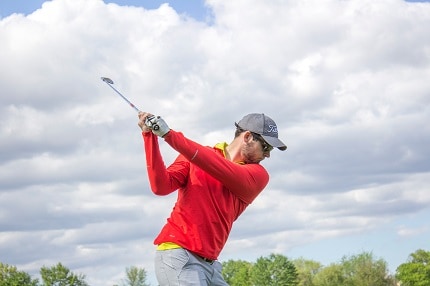










Thanks for these softball tips on buying a glove. I like the idea of having velcro on the glove, but as the velcro gets older, does it not lose some of its grips? Wondering if perhaps a buckle is the way to go?
I never thought about the weight of the glove, but yes this could affect how tired your arm gets. However, it is important to have the extra padding to protect your hands.
Hi, Michel Maling, and thank you.
Thank you for your kind words.
Yes, you are right about the problem: it can lose grip when the velcro gets older. But there are solutions to it too.
One of the solutions is explained very well in this post.
Great to hear about your benefit of the article too.
Don’t hesitate to contact me to help you with anything else or if you have any questions.